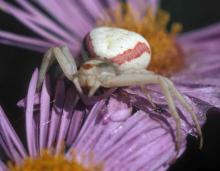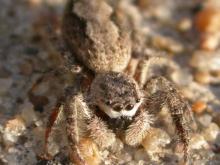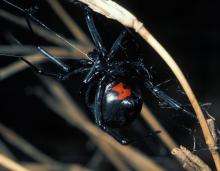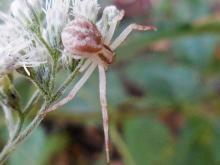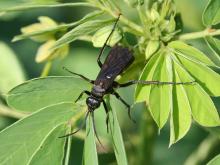Media

Species Types
Scientific Name
Sphodros spp.
Description
Purseweb spiders build tubular webs attached to the bases of trees. Because these are easily overlooked, most people usually only see the males, which walk around in the open in early summer as they seek mates.






















